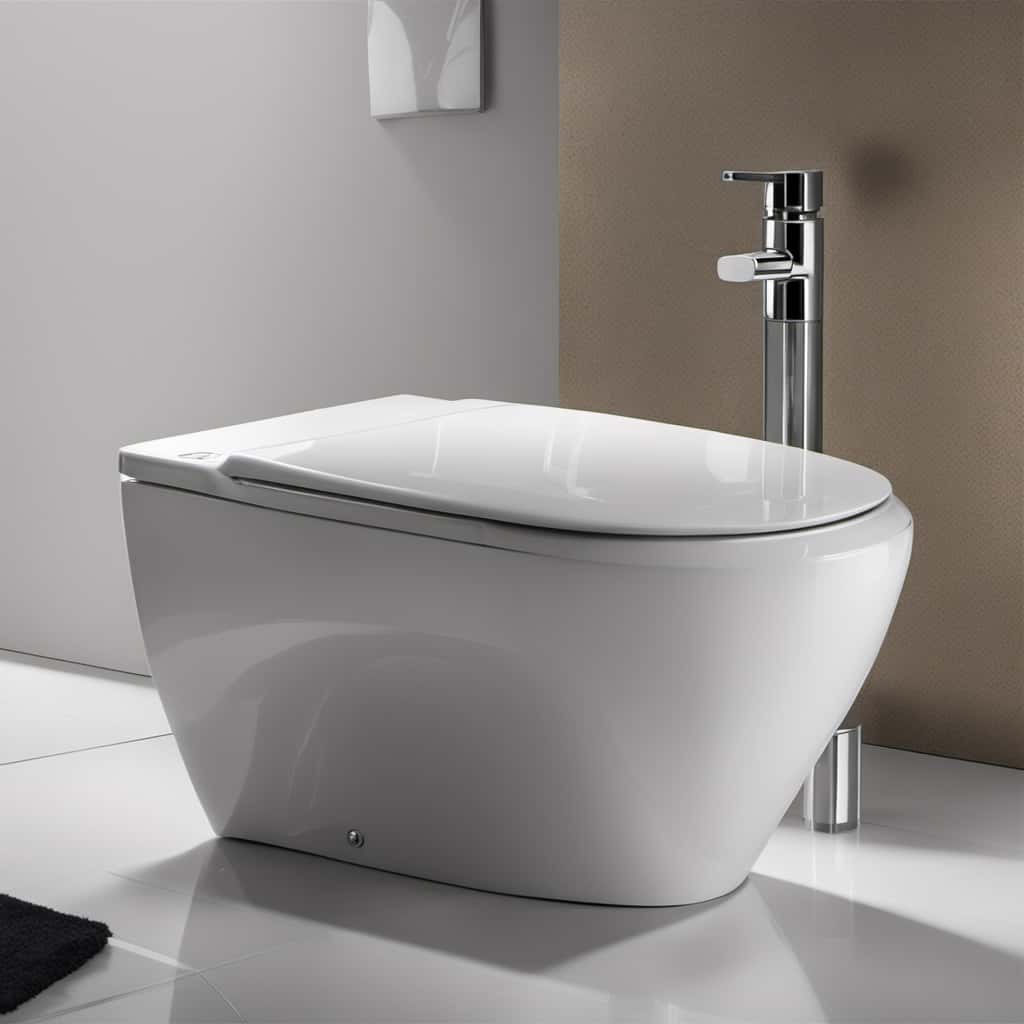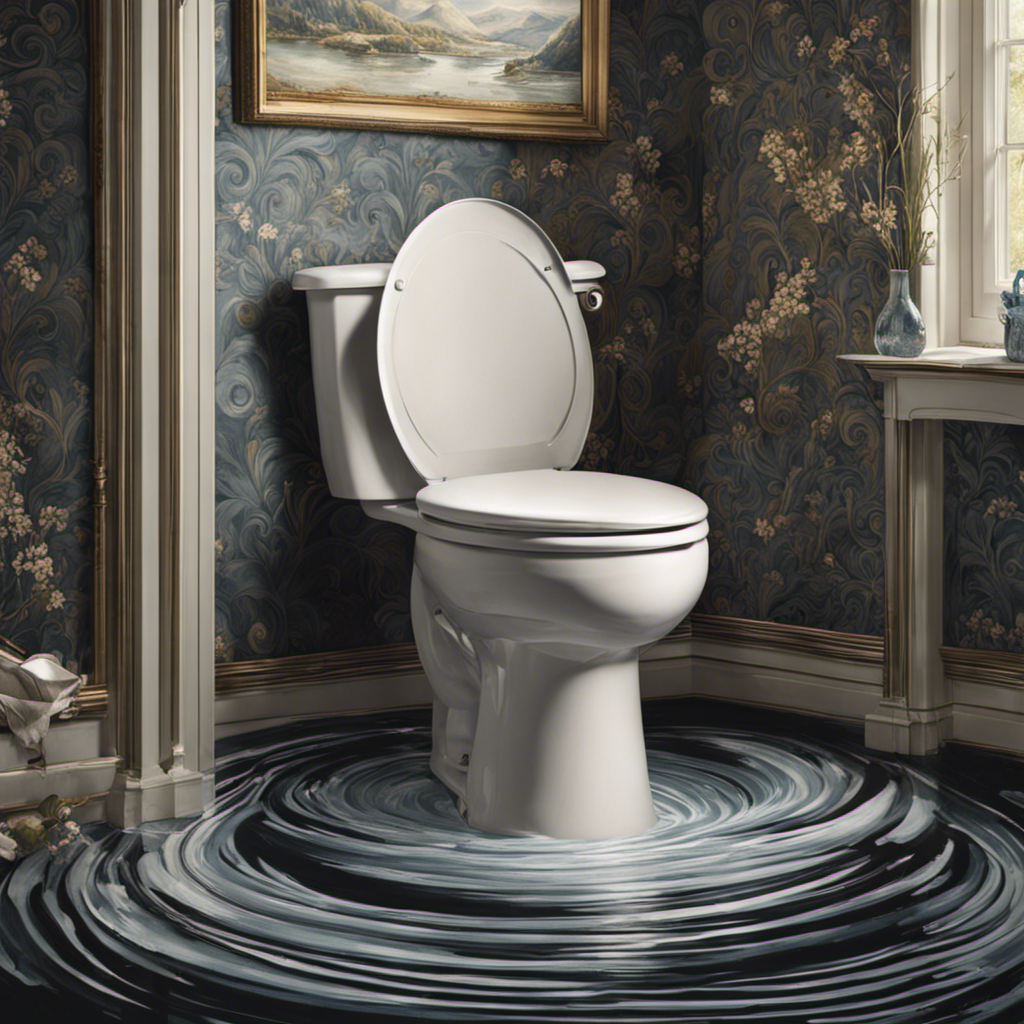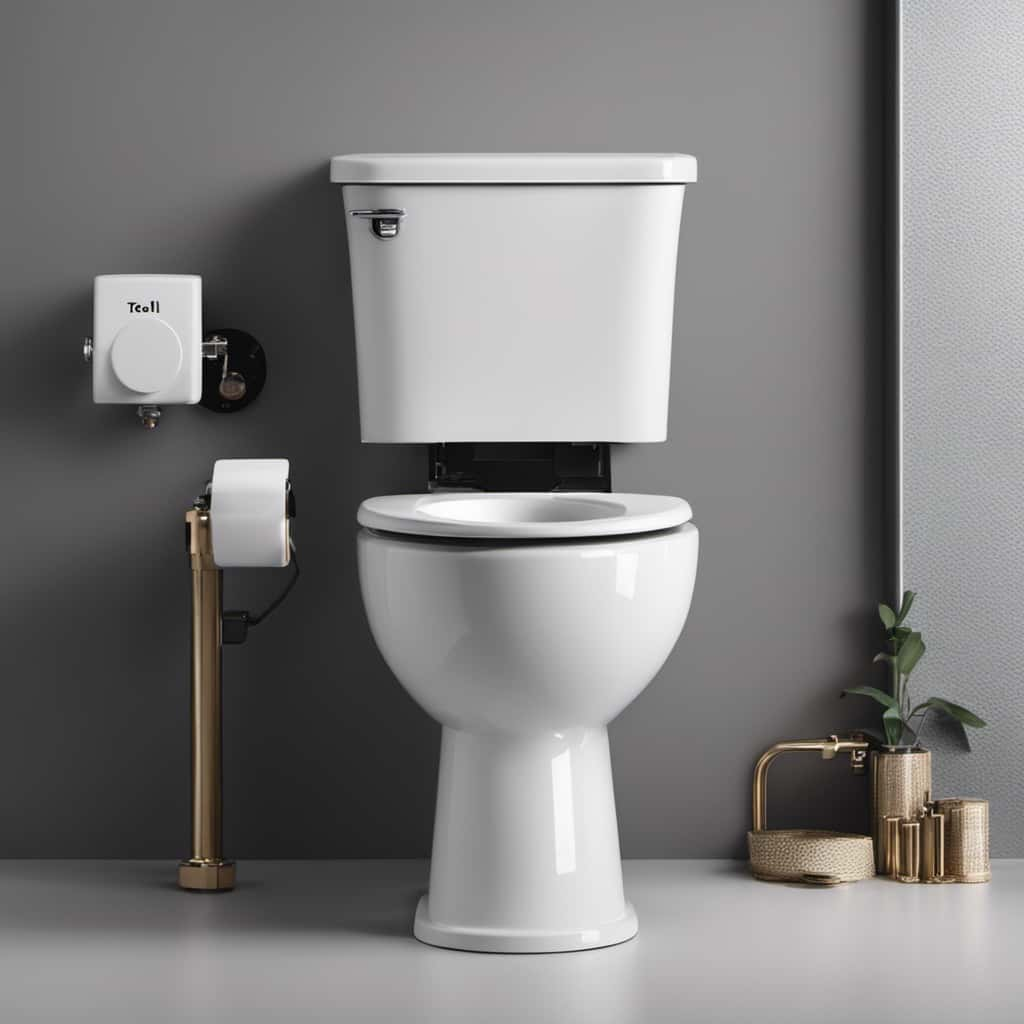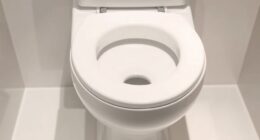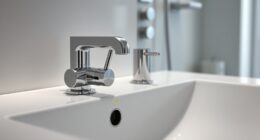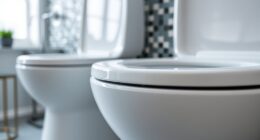At All About Plumbing, we recognize how easy it is to be tempted to flush your hair down the drain. However, before you proceed with that, allow us to illuminate the possible consequences you might face.
Plunging hair into the plumbing system can lead to clogs, damage, and even environmental harm. Moreover, it may compromise your personal hygiene.
Fear not, dear reader, for we have alternatives and tips to keep your pipes flowing freely.
Join us as we explore the dos and don’ts of disposing of hair down the drain.
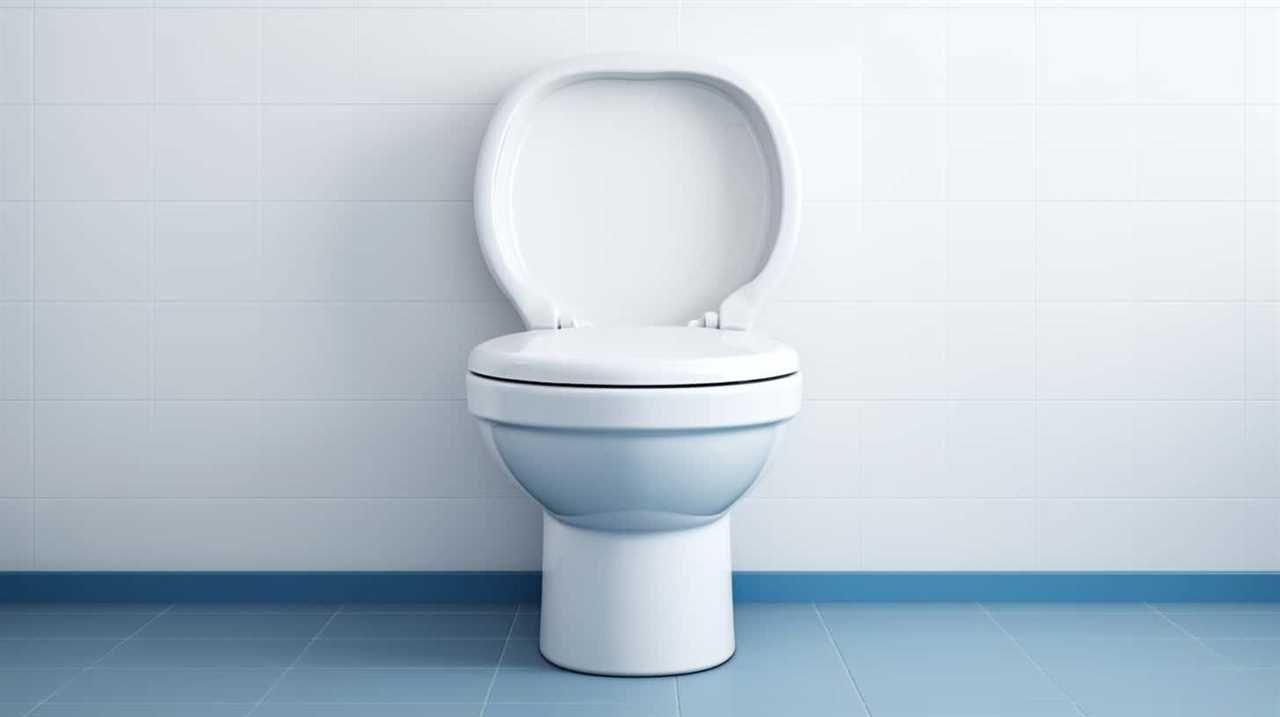
Key Takeaways
- Hair accumulation in drains can lead to clogs, slow draining sinks, and costly repairs.
- Proper disposal of hair waste and use of drain catchers can prevent plumbing problems.
- Hair can contribute to environmental issues such as clogging water treatment plants and the problem of microplastics.
- Sustainable alternatives to plastic-based personal care products and repurposing hair can help mitigate the environmental impact.
Potential Damage to Your Plumbing System
Putting hair down the drain can potentially cause damage to our plumbing system. It may seem harmless, but over time, the accumulation of hair can lead to clogs and blockages. This can result in slow draining sinks, foul odors, and even costly repairs.
To understand why hair can be detrimental to our plumbing, it’s important to consider the nature of hair and how it interacts with our drainage system.
Hair, especially when combined with hair care products, has a tendency to clump together and create dense masses. These clumps can easily get stuck in the pipes, restricting the flow of water and causing backups. Additionally, the accumulation of hair can attract other debris, such as soap residue and grease, further exacerbating the issue.
Hair salon etiquette also plays a role in preventing damage to our plumbing system. Hair salons, with their frequent haircuts and styling, generate a significant amount of hair waste. Proper disposal of this waste, such as collecting it in trash bins instead of rinsing it down the sink, can help prevent hair-related plumbing problems.
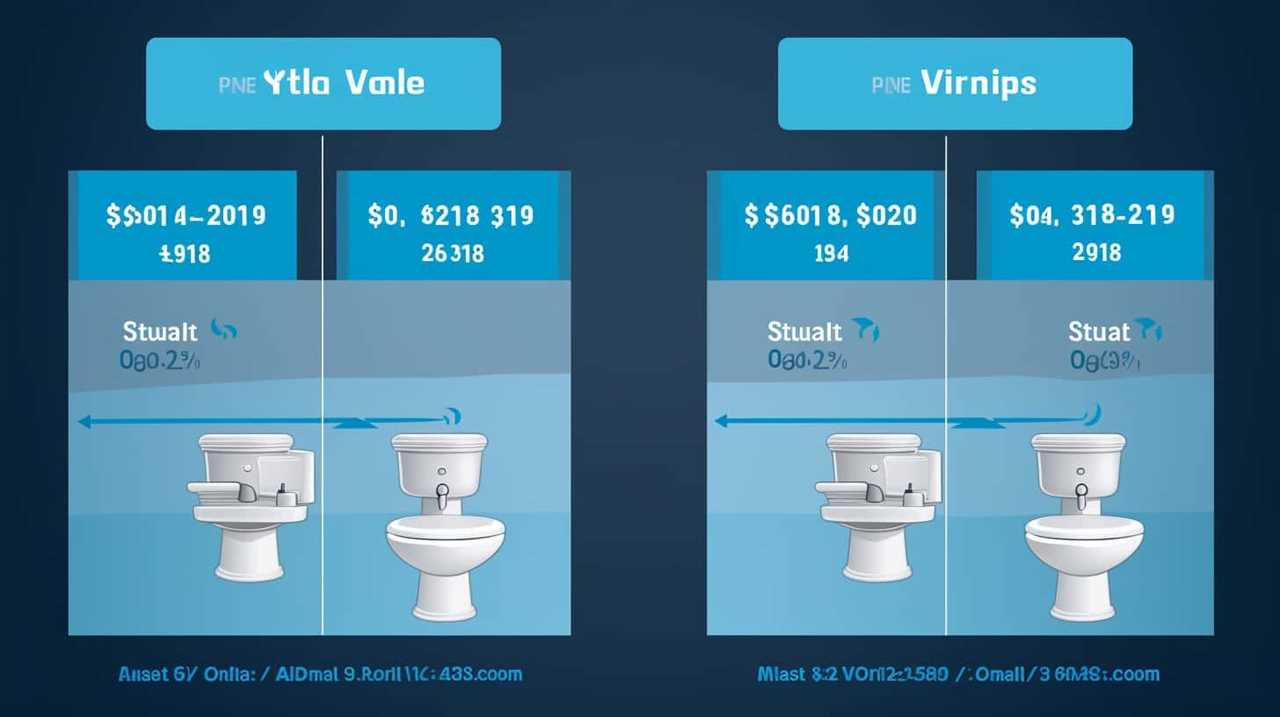
In the subsequent section, we’ll delve into the topic of ‘clogging up your drains’ and explore the potential consequences of allowing hair to accumulate in our plumbing system.
Clogging up Your Drains
Clogging up our drains occurs when hair accumulates and restricts the flow of water. It’s a common problem that can cause inconvenience and frustration. To help you understand the potential solutions and ways to prevent clogs, let’s take a closer look at the issue.
One effective way to prevent clogs is by using a drain catcher or strainer. These simple devices can be placed over the drain to catch hair and other debris, preventing them from going down the drain in the first place. Regularly cleaning the drain catcher will ensure its effectiveness.
Another solution is to regularly clean your drains. This can be done by using a mixture of vinegar and baking soda. Simply pour the mixture down the drain, let it sit for a while, and then flush it out with hot water. This combination helps break down any accumulated residue and keeps your drains clear.

Additionally, it’s important to be mindful of what you put down the drain. Avoid rinsing hair clippings or large amounts of hair down the drain, as this can contribute to clogs. Instead, dispose of hair properly in the trash.
By taking these preventive measures, you can reduce the chances of clogging up your drains and maintain a smoothly functioning plumbing system.
However, the impact of clogged drains goes beyond inconvenience, as it can have detrimental effects on the environment. Let’s explore this further.
Impact on the Environment
To understand the environmental impact of hair going down the drain, we need to consider the effects it has on our water systems. When hair enters our waterways, it can have detrimental effects on the ecosystem.
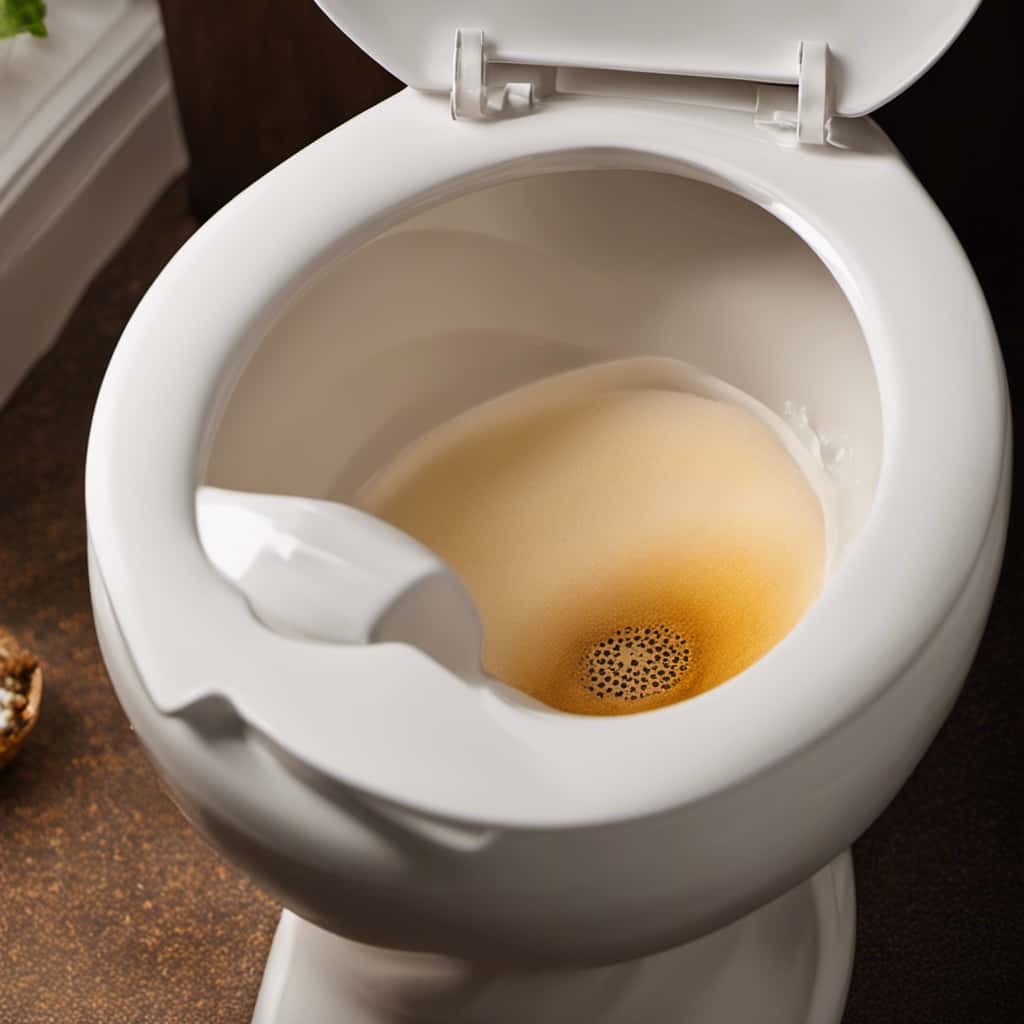
Hair, being made up of keratin, takes a long time to decompose. As a result, it can accumulate and form clumps, which can clog water treatment plants and pipes. These blockages can lead to costly repairs and maintenance.
Furthermore, hair can contribute to the problem of microplastics in the environment. Microplastics are tiny particles of plastic that are less than 5mm in size. They can be found in various sources, including personal care products like shampoos and conditioners that contain microbeads. When hair enters the water system, it can bind to these microplastics and transport them to rivers, lakes, and oceans. This can have harmful effects on marine life, as microplastics can be mistaken for food and ingested by animals.
To minimize the environmental impact of hair going down the drain, it’s advisable to use drain catchers or filters to trap hair before it enters the water system. Additionally, considering more sustainable alternatives to plastic-based personal care products can help reduce the amount of microplastics entering our environment.
Risks to Your Personal Hygiene
When it comes to the risks to our personal hygiene, putting hair down the drain can have some serious consequences.
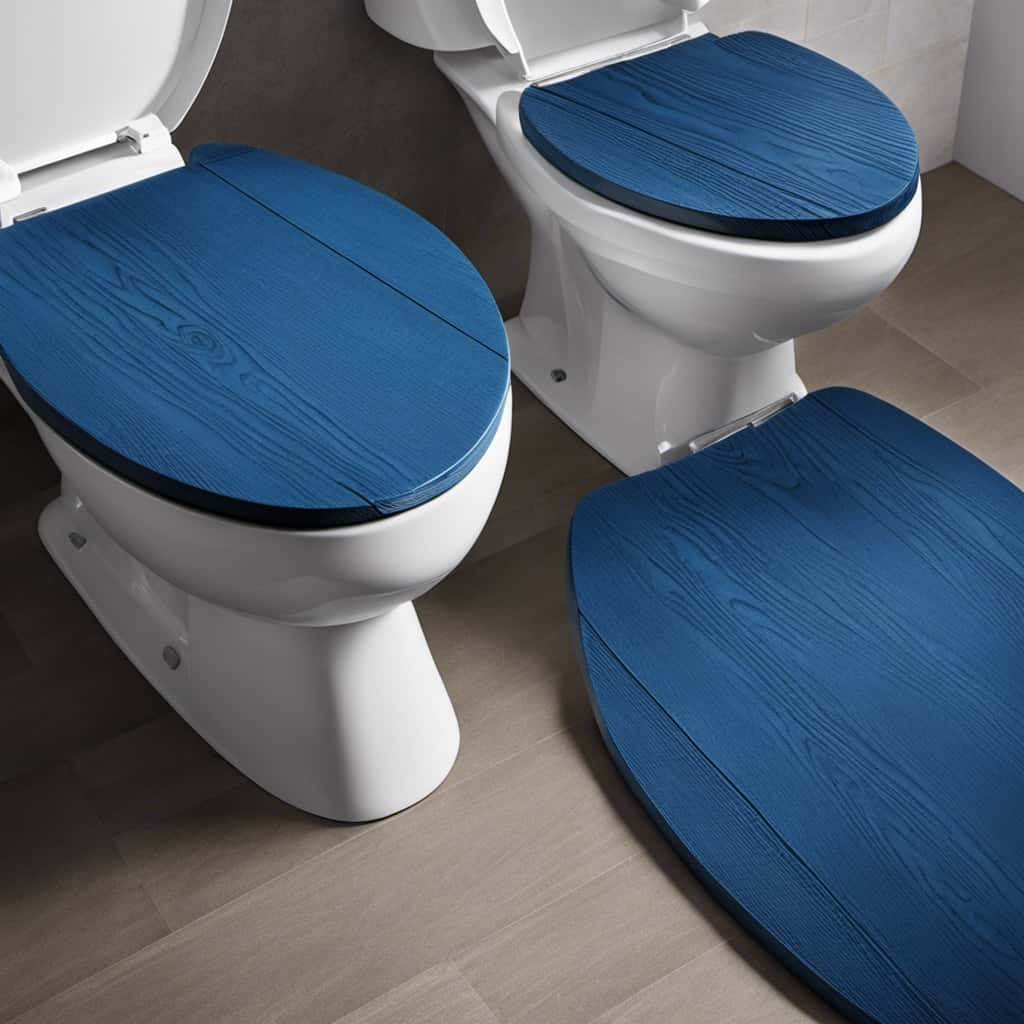
Clogged pipes and drains are a common issue that can lead to costly repairs and inconvenience.
Additionally, the accumulation of hair in the drain can create the perfect environment for bacterial growth and unpleasant odors.
Lastly, for individuals experiencing hair loss or shedding, allowing hair to go down the drain can exacerbate the problem and make it more difficult to manage.
Clogged Pipes and Drains
Our personal hygiene can be at risk due to the accumulation of hair in our drains, leading to potential clog formation. It’s important to understand the potential health hazards associated with clogged pipes and drains, as well as the importance of proper hair care.
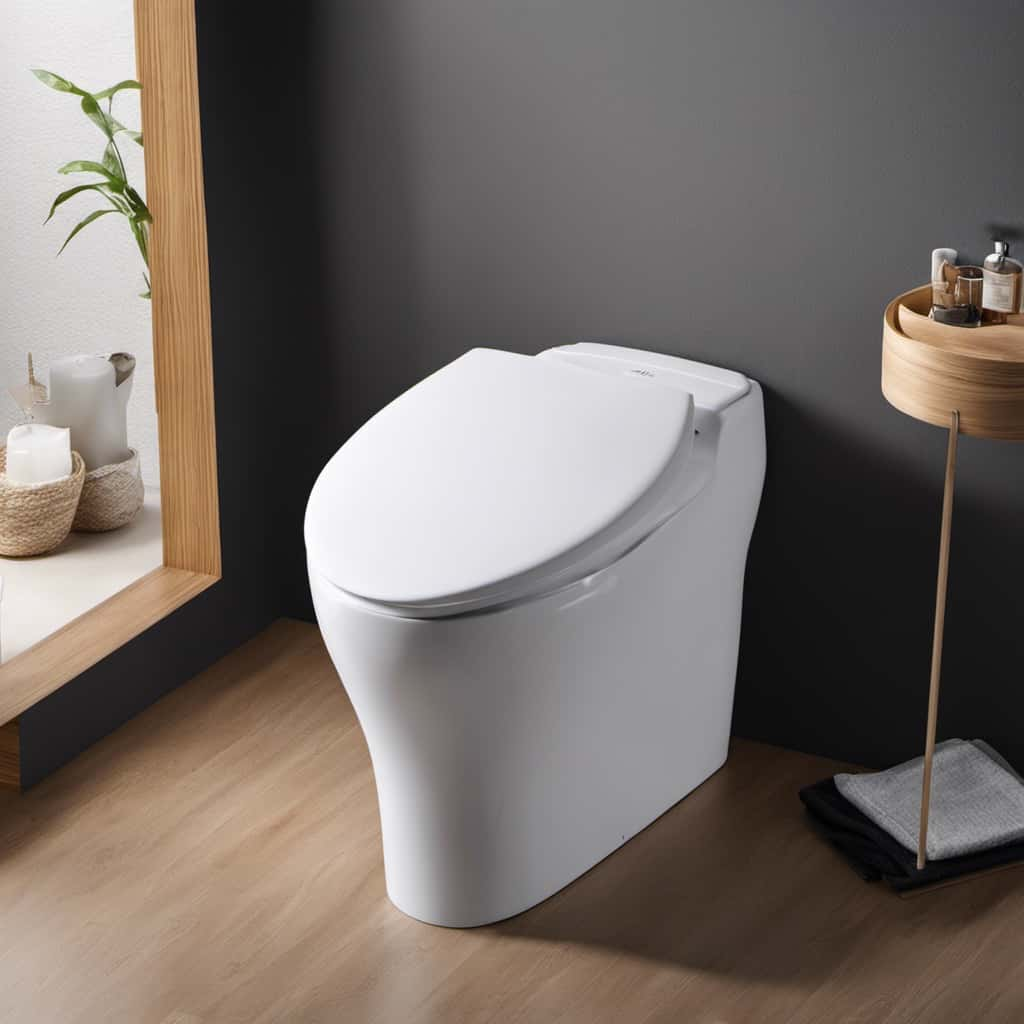
Here are four key points to consider:
- Blockage: When hair builds up in drains, it can create blockages that prevent water from flowing freely. This can lead to unpleasant odors and stagnant water, which can harbor bacteria and other pathogens.
- Mold and mildew: Standing water caused by clogged drains can create a breeding ground for mold and mildew. These fungi can cause respiratory issues, allergies, and skin irritations.
- Plumbing damage: Excessive hair accumulation can put strain on your plumbing system, leading to leaks, burst pipes, and costly repairs.
- Personal hygiene: Clogged drains can impact your personal hygiene routine, making it difficult to wash your hair properly and leaving you feeling less clean.
To avoid these risks, it’s important to regularly clean your drains, use drain guards to catch hair, and dispose of hair properly instead of putting it down the drain.
Bacterial Growth and Odor
How can bacterial growth and odor impact our personal hygiene when hair is put down the drain?
When hair is allowed to accumulate in drains, it can create a breeding ground for bacterial contamination. Bacteria thrive in moist environments, and the combination of hair, soap residue, and other organic matter provides the perfect conditions for their growth.
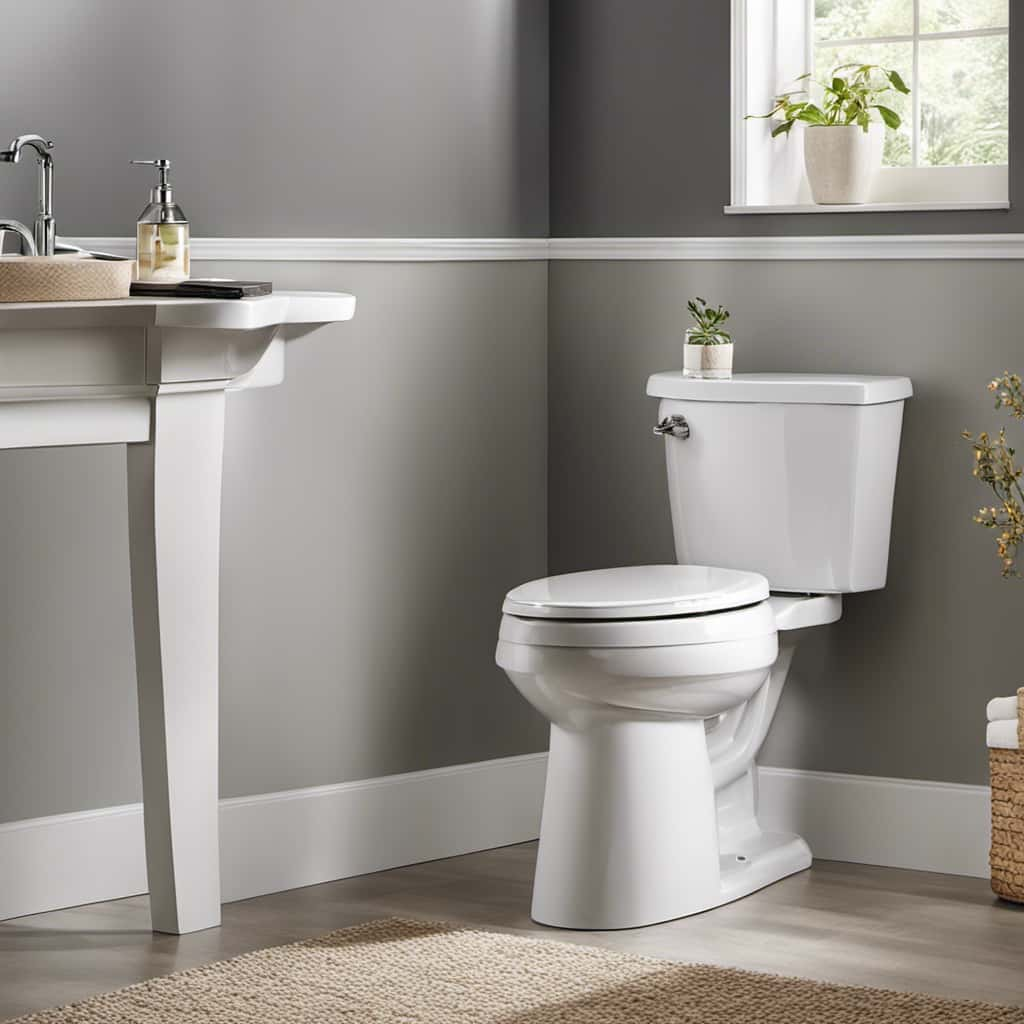
Over time, this bacterial buildup can lead to unpleasant odors in our bathrooms, affecting our personal hygiene. These odors can be particularly problematic in enclosed spaces, such as small bathrooms or shared facilities.
Furthermore, the presence of bacteria can increase the risk of infections and other health issues. Therefore, it’s crucial to properly dispose of hair and regularly clean our drains to prevent bacterial growth and the associated unpleasant odors.
Hair Loss and Shedding
To continue our discussion on the risks to personal hygiene, let’s now address the issue of hair loss and shedding.
Hair loss can be a concern for many individuals, and it can have an impact on personal hygiene. Here are four key points to consider:
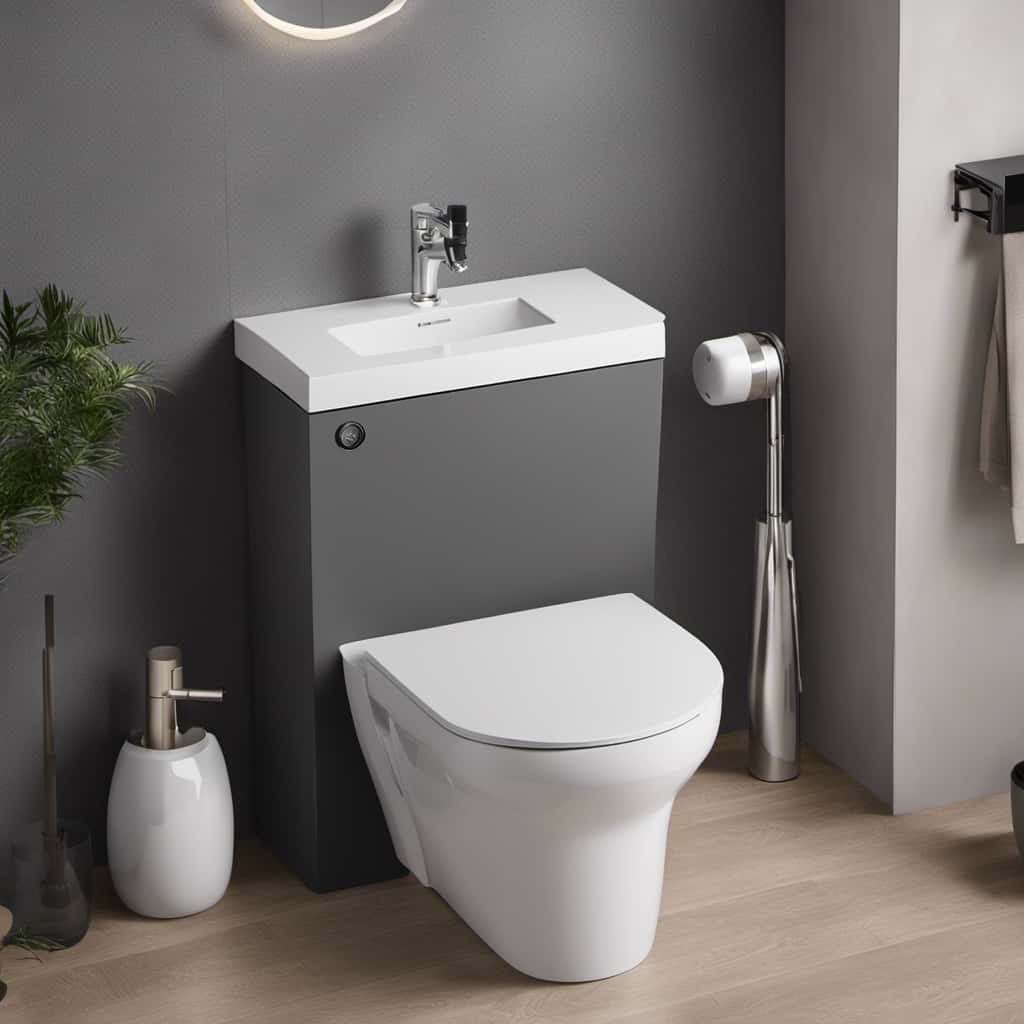
- Causes of hair shedding: Hair shedding can be caused by various factors, such as hormonal changes, stress, nutritional deficiencies, and certain medical conditions.
- Impact on personal hygiene: Excessive hair shedding can lead to a buildup of hair in your living spaces, including your bathroom. This can create an unclean and unsightly environment if not properly addressed.
- Hair loss treatments: There are various hair loss treatments available, including medications, laser therapy, and hair transplant surgeries. Consulting with a healthcare professional can help determine the best course of action for your specific situation.
- Proper hair care: Maintaining a healthy hair care routine can help minimize hair shedding. This includes using gentle hair products, avoiding excessive heat styling, and eating a balanced diet rich in essential nutrients.
Understanding the causes of hair shedding and considering appropriate hair loss treatments can help maintain personal hygiene and promote healthy hair growth.
Alternatives to Disposing of Hair Down the Drain
So, what’re some alternatives to disposing of hair down the drain?
Well, one option is to collect the hair and throw it in the trash.
Another option is to use a hair catcher or filter in your drain to catch the hair before it goes down.
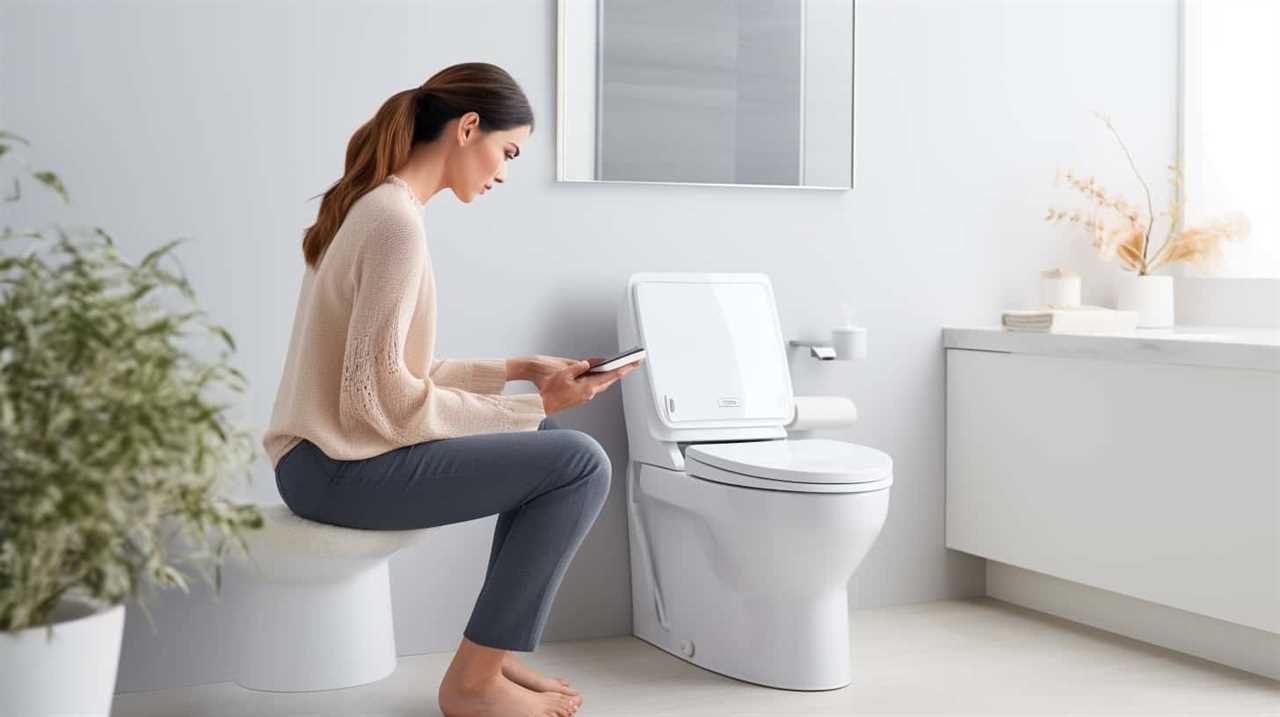
Additionally, some people even repurpose their hair by using it for composting, as hair is high in nitrogen and can contribute to soil health.
Other Disposal Methods
We have several alternative methods for disposing of hair, including using a hair trap in the shower drain. Here are four other disposal methods to consider:
- Hair recycling: Instead of throwing hair in the trash, you can participate in hair recycling programs. These programs collect hair to make items like hair booms, which are used to clean up oil spills.
- Hair donation: If your hair is long enough and in good condition, consider donating it to organizations that make wigs for people with medical conditions. This way, your hair can bring joy and confidence to someone in need.
- Composting: Hair is high in nitrogen, making it a great addition to your compost pile. Chop it into small pieces before adding it, and it will help enrich your compost with essential nutrients.
- Craft projects: Get creative and repurpose your hair for craft projects. From making hair accessories to using it in artwork, there are endless possibilities for giving your hair a new life.
Environmental Impact of Hair
While it may be tempting to simply put hair down the drain, it’s important to consider the environmental impact and explore alternative methods of disposal.
Hair, when disposed of in this manner, can contribute to water pollution. The chemicals in hair products, such as shampoos and conditioners, can contaminate water sources, harming aquatic life and ecosystems. Additionally, hair can clog pipes and sewage systems, leading to costly repairs and maintenance.
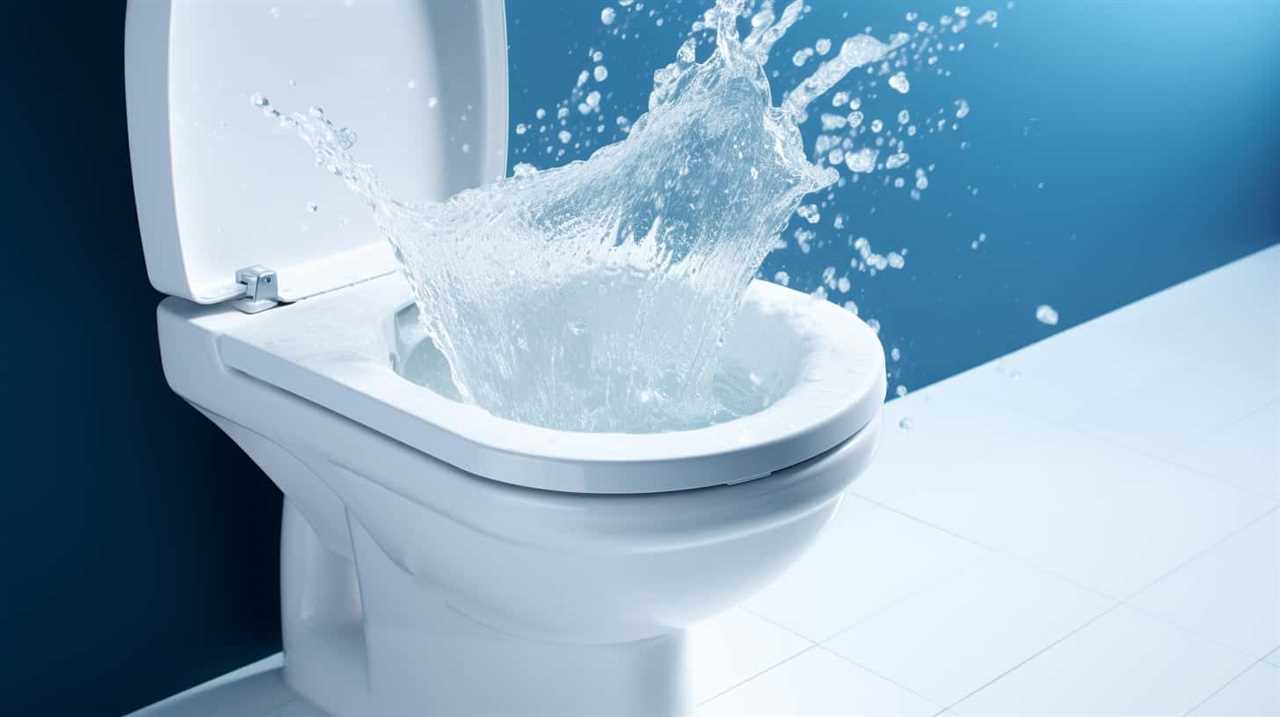
A more environmentally friendly option is composting hair. Hair is rich in nitrogen, an essential nutrient for plants. When added to compost, hair helps to create nutrient-rich soil, promoting plant growth and reducing the need for chemical fertilizers. Composting hair not only benefits the environment but also provides a natural and sustainable solution for hair disposal.
Hair for Composting?
How can we effectively compost hair as an alternative to disposing of it down the drain? Here are four ways to put hair to good use:
- Hair for gardening: Hair can be a great addition to your compost pile. Its high nitrogen content helps nourish plants and promote healthy growth. Simply collect hair clippings and add them to your compost bin. Make sure to mix them well with other organic materials like food scraps and yard waste.
- Hair for crafts: Instead of throwing away hair, consider using it for crafts. Hair can be woven into ropes or used as stuffing for pillows and toys. You can also create unique art pieces by incorporating hair into sculptures or mixed-media projects. Let your creativity flow and find new ways to repurpose hair.
- Hair as mulch: Another option is to use hair as mulch in your garden. Spread a layer of hair around your plants to help retain moisture, suppress weeds, and regulate soil temperature. As the hair decomposes, it releases nutrients into the soil, benefiting your plants.
- Hair for wildlife: If you have a backyard garden, consider leaving clumps of hair in strategic locations. Birds and other small creatures can use the hair as nesting material, providing them with insulation and protection.
Tips for Maintaining a Healthy Plumbing System
To maintain a healthy plumbing system, it is essential to regularly clean and unclog drains. By taking preventive measures and implementing simple maintenance routines, you can ensure the efficiency of your plumbing and prevent drain blockages. Here are some tips to help you maintain a healthy plumbing system:
| Tips for Maintaining a Healthy Plumbing System | |
|---|---|
| Avoid pouring grease or oil down the drain | Use a strainer in your sink to catch hair and debris |
| Only flush toilet paper down the toilet | Avoid using chemical drain cleaners |
| Run hot water down the drain after each use | Use a plunger to unclog minor blockages |
| Schedule regular plumbing inspections | Consider installing a water softener to prevent mineral buildup |
Regularly cleaning your drains and implementing these tips will not only maintain the efficiency of your plumbing system but also prevent costly and inconvenient drain blockages. Remember that prevention is key in maintaining a healthy plumbing system. By being proactive and taking care of your drains, you can avoid the hassle of clogged pipes and ensure smooth functioning for years to come.
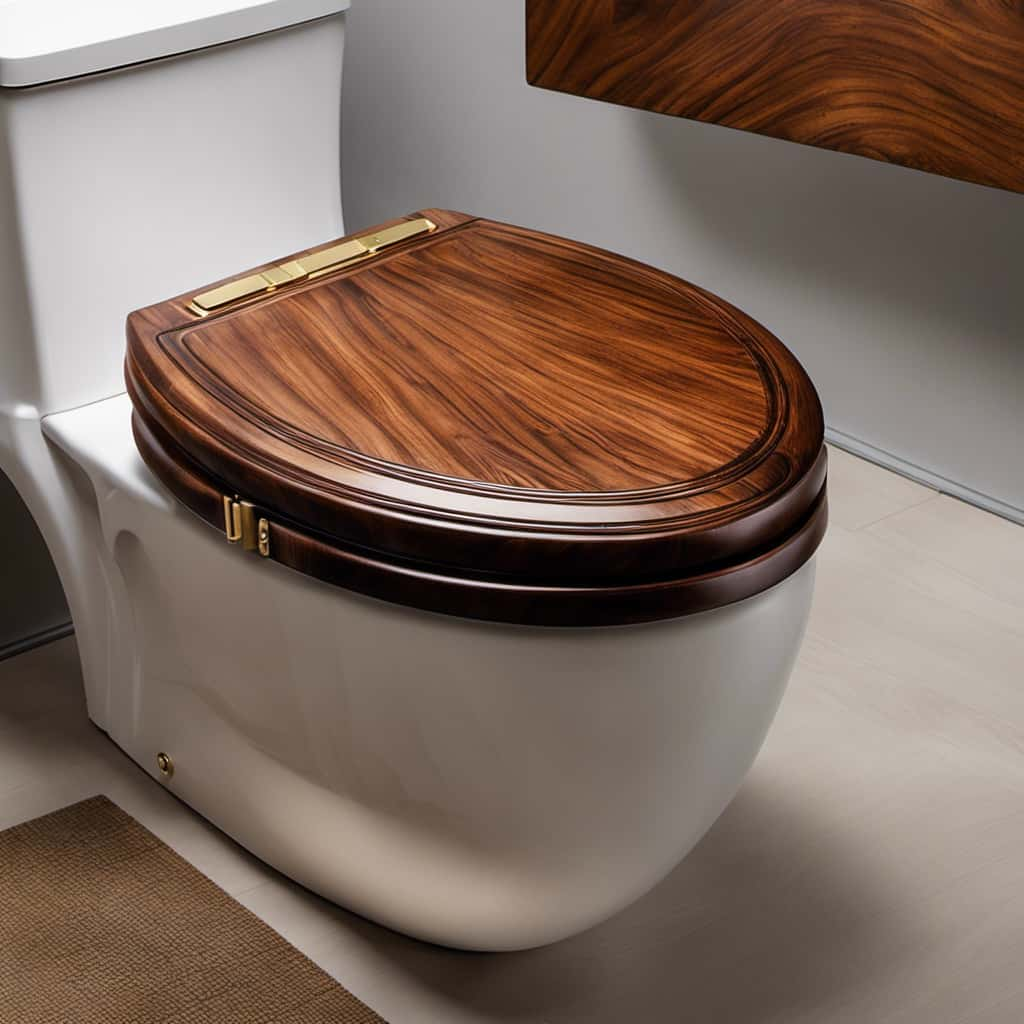
Frequently Asked Questions
How Long Does It Take for Hair to Clog up Drains?
When hair is regularly put down the drain, it can lead to clogs in the plumbing system. These clogs can cause water to back up and create a messy and inconvenient situation.
Additionally, hair can have a negative effect on water quality as it accumulates in drains and pipes.
Therefore, it’s important to be mindful of the impact that hair can have on our plumbing systems and to take preventative measures to avoid clogs.
Can Hair Damage the Pipes in My Plumbing System?
Hair in plumbing can definitely cause damage to the pipes in our plumbing system. As it accumulates over time, hair clogging can obstruct the flow of water, leading to blockages and potential backups. The hair can also get tangled with other debris, exacerbating the problem.
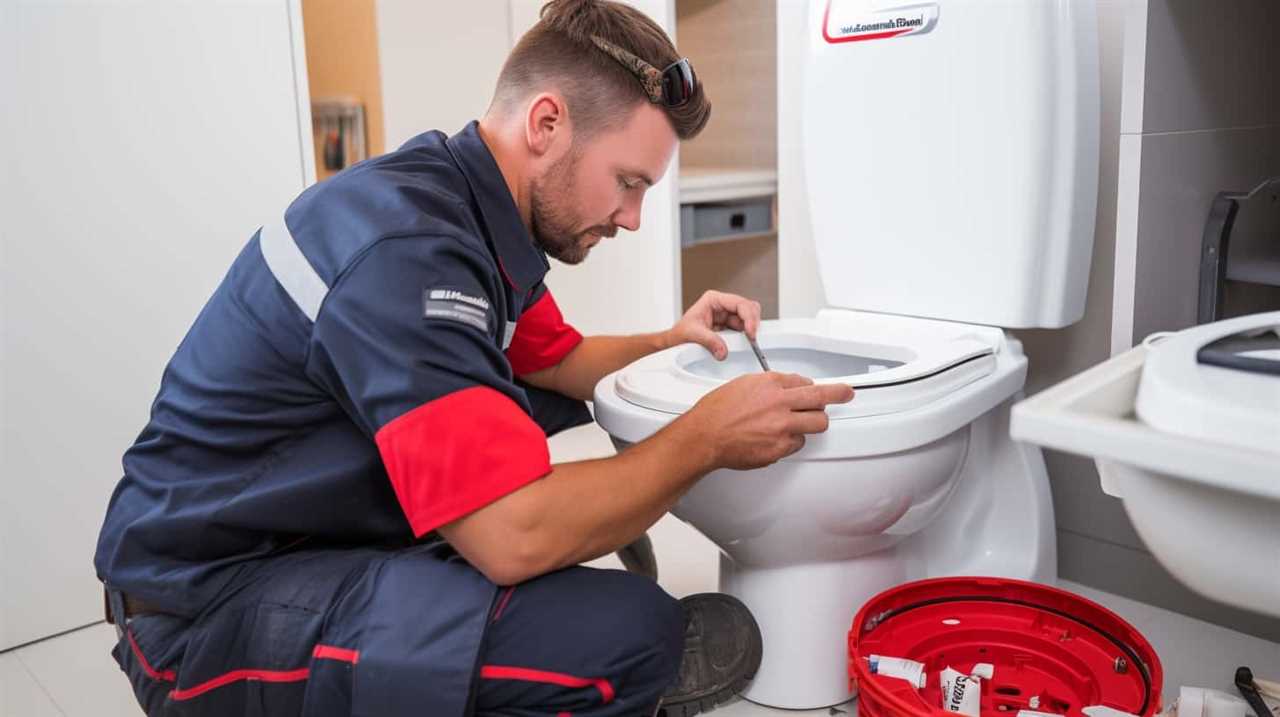
It’s important to be mindful of what goes down the drain to avoid potential plumbing issues. Regularly cleaning out hair from the drain can help prevent costly repairs in the future.
What Are the Environmental Consequences of Putting Hair Down the Drain?
Putting hair down the drain can have negative environmental consequences. When hair goes down the drain, it can clog pipes and contribute to potential water pollution. The accumulation of hair in the plumbing system can obstruct the flow of water and lead to costly repairs.
Additionally, hair can contain chemicals from hair products that can be harmful to aquatic life if they make their way into water bodies. It’s important to dispose of hair properly to minimize its environmental impact.
Can Hair in the Drain Affect the Smell and Cleanliness of My Bathroom?
Putting hair down the drain can definitely affect the smell and cleanliness of your bathroom. Trust us, we’ve learned the hard way.
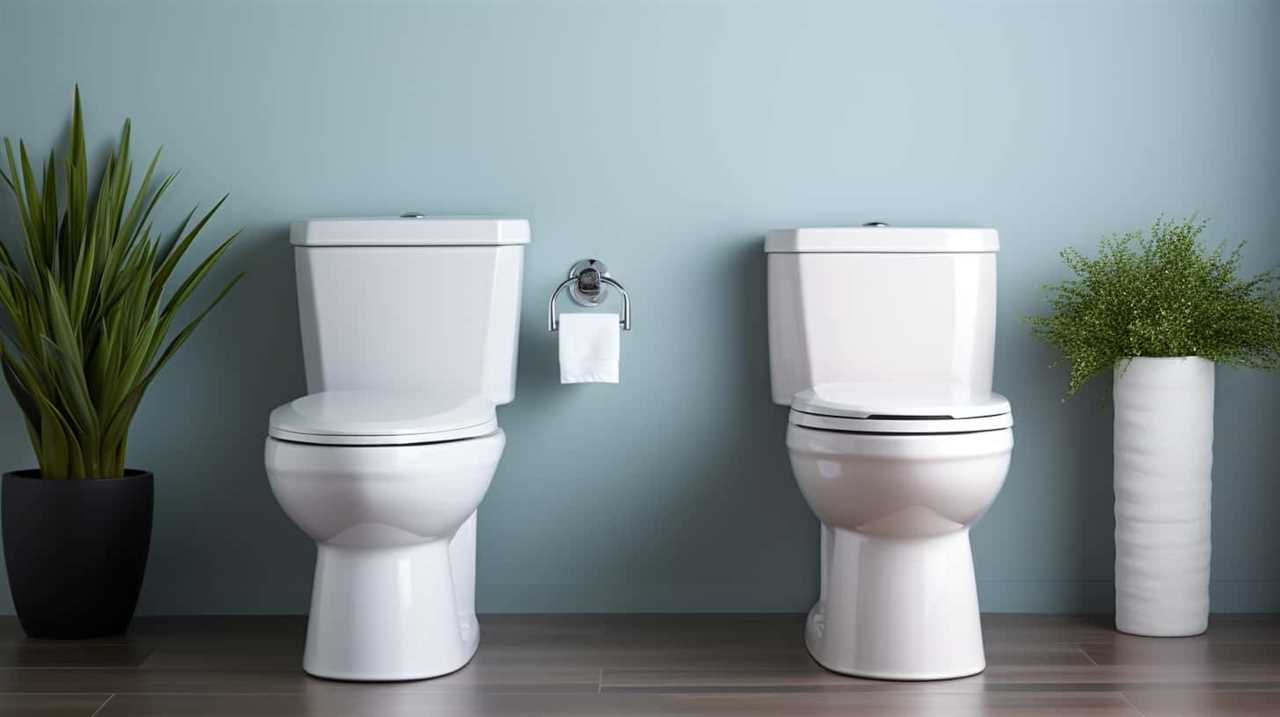
Hair can clog the drain, causing water to back up and create a not-so-pleasant odor.
To avoid this, we suggest using a drain strainer or hair catcher to prevent hair from going down the drain.
Additionally, regular cleaning and using DIY drain cleaners can help keep your bathroom smelling fresh and clean.
Are There Any Alternatives to Disposing of Hair Down the Drain?
When it comes to hair disposal methods, it’s important to consider the impact of hair on water treatment facilities. Putting hair down the drain may seem convenient, but it can cause clogs and blockages in pipes.

Instead, consider alternatives such as collecting hair in a mesh drain catcher or disposing of it in the trash. By doing so, we can help maintain the cleanliness and functionality of both our drains and water treatment systems.
Conclusion
In conclusion, it isn’t advisable to put hair down the drain due to the potential damage it can cause to your plumbing system, the risk of clogging up your drains, and the negative impact on the environment.
Additionally, disposing of hair down the drain can also pose risks to your personal hygiene. It’s important to consider alternatives such as collecting hair and disposing of it in the trash to maintain a healthy plumbing system.
